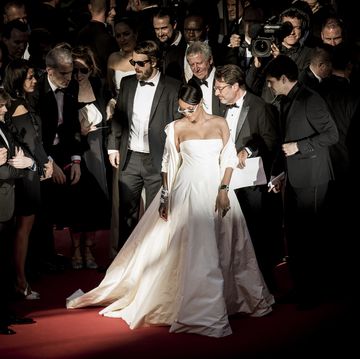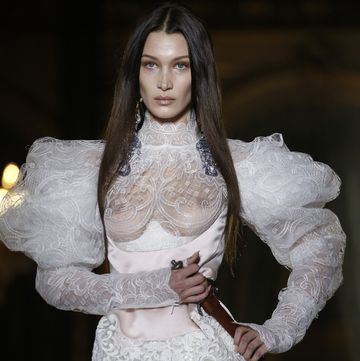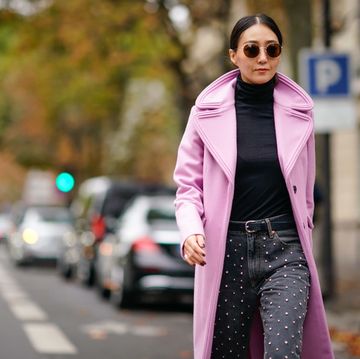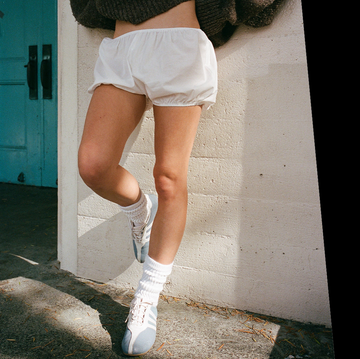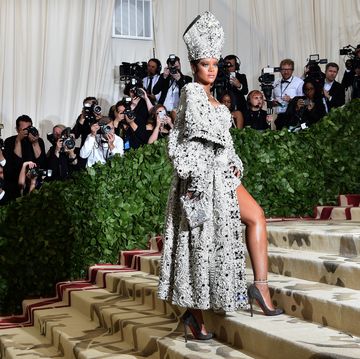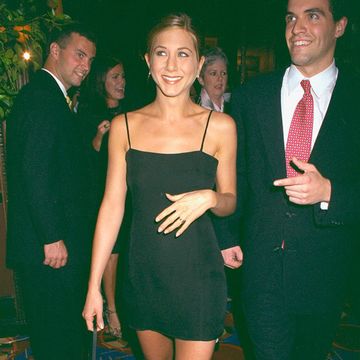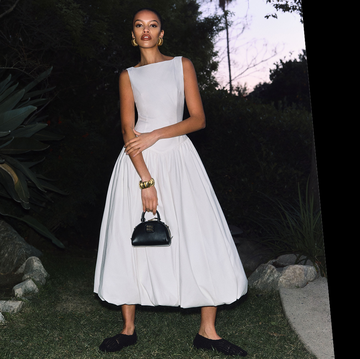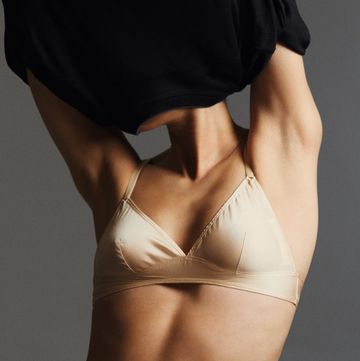Joining the shoe designer for moral support was friend , who referred Louboutin to her legal team at the outset of his trademark battle against Yves Saint Laurent.
For YSL and [parent company] PPR Group, this might just be a legal matter, but thats not the case for me, Louboutin told WWD. On the contrary, to me it is very personal: After all, this is an intrinsic part of my life and my company, which bears my nameand which I have built over the past 20 years and still independently own. This is why I had to be there in person.
A panel of three appellate judges heard arguments from both sides to determine whether a district judge had erred in declining to grant an injunction against the sale of YSLs red-soled shoes. Judge Victor Marrero based his verdict on the conviction that no designer should command a monopoly on a colour, and called into question the validity of Louboutins previously granted trademark.
Should the verdict be reversed by the court of appeals, the fashion adversaries will return to court to begin the discovery process in preparation for a trial.
Anticipating the court appearance, Harvard Law Professor Jeannie Suk analysed the thorny issue of fashion trademarks in a New York Times op-ed. Only design features that identify a brand may be protected according to copyright law, she wrote. So the Burberry check, Louis Vuitton interlocking LV logo and Nike swoosh are protected, but a colour is a harder factor over which to claim dominion.
The laws ambivalence toward fashion, Suk wrote, stems from the fact that design is not protected qua design, but only as a symbol of who created it:
In other words, Louboutins attempt to protect his use of the colour red may be trademarkable as it's not a functional feature. But the prospect of trademarking a colour unnerves those in the judicial community who worry that ring-fencing colours raises freedom-of-expression issues for the broader creative community.
For now, Louboutin is striking a positive note.
I was impressed by the way the judges ran the hearing, Louboutin told WWD. The company remains confident that the appeals court will adhere to its conviction that the red sole, this integral and long-held part of the brands identity and recognized by consumers worldwide, will continue to be recognized as the Christian Louboutin trademark.
Read more about Judge Marrero's decision
Find out more about why YSL says Louboutin doesn't own red soles
Take a look at Christian Louboutin in our autumn/winter 12 Accessories Report

